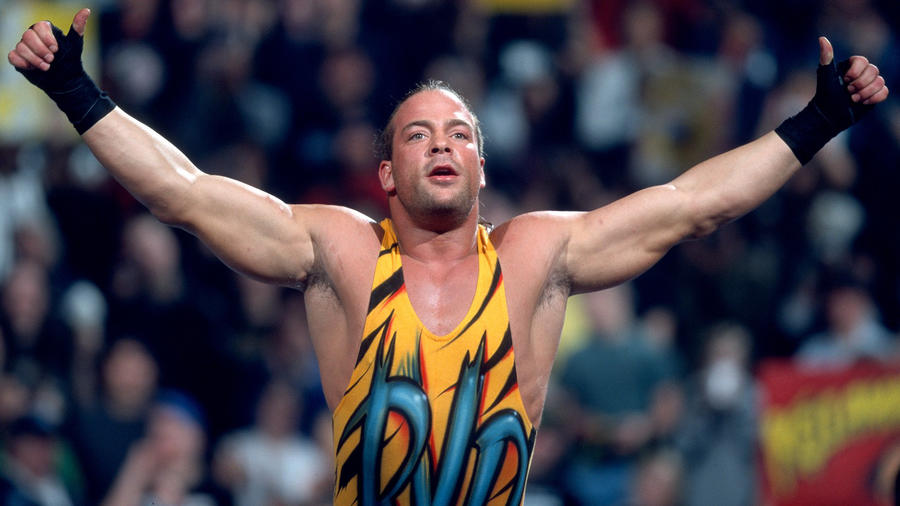In a recent episode of his “1 Of A Kind” podcast, professional wrestler Rob Van Dam offered inside information on several topics pertaining to WWE, such as the advantages of being tied to a certain brand, executing the famed 450 Splash, and other related subjects.
Some notable points from the podcast include:
Discussing which brand was more beneficial to align with during the WWE brand split, he stated, “Certainly, Raw was viewed as the dominant or ‘A’ show with Smackdown being the ‘B’ show. Often, we’d record Smackdown the following day, creating a Monday, Tuesday routine. The ‘A’ show would be live and followed by Thursday’s pre-recording on Tuesday. This happened frequently. Even when we went live on Smackdown, it was still deemed the B show. When ECW was introduced as the third brand, they were incorporated into the existing schedule. Thus, Monday was Raw, and Tuesday was an ECW/Smackdown mix where Smackdown went first, followed by ECW being promoted as the antagonist. The expectation afterwards was for the audience to instantly switch from booing ECW to cheering for them despite it being the same crowd.”
Detailing the WWE schedule in 2001, he said, “In the beginning, we often had three separate shows in one night, excluding televised ones. Mondays and Tuesdays had Raw and televised matches. Additionally, we had non-televised events on Friday, Saturday, and Sunday. This was a weekly routine, not an occasional event. A free Friday was an exception. Occasionally, non-working days became travel days. For instance, there was one European tour where we worked 16 out of 17 days in a row.”
He continued, “When I first joined WWE, we had numerous events happening concurrently. On the same night, there would be an ‘A’, ‘B’, and a ‘C’ show happening in different towns. The ‘A’ show would feature stars like Triple H, Stone Cold, Undertaker and would be held in large cities like New Orleans. A ‘B’ show and possibly a ‘C’ show would also be occurring. This plethora of shows is part of the reason I often headlined as a Hardcore Champion. My presence imbued the belt with recognition it wasn’t intended to have. However, being tied to an ‘A’ show was always preferable owing to better remuneration and conditions such as larger venues, more desirable cities, and bigger crowds, rather than being relegated to performing in modest locales for ‘C’ shows.”

